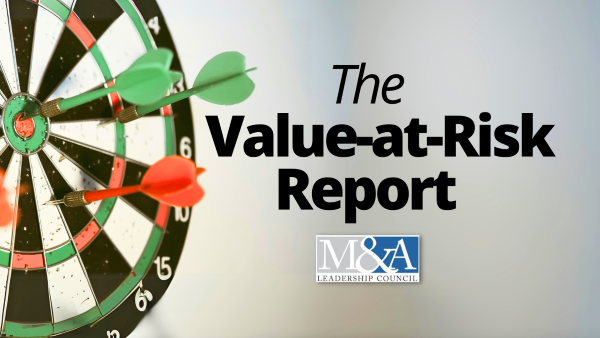Inflation, Market Meltdowns, and Uncertainty Taught Us That At Least
My Sister-in-law, Margie (or Maggot if you are her brother), is a brilliant woman working in biotech on the West Coast. She spends a lot of time in and around the venture capital community, and as two people working in finance, we sometimes get to chatting about challenges in our different financial worlds. About two years ago, we had a conversation that went something like this:
MARGIE: I have a friend that is working on an oral medication that can stop heart arrythmia.
ME: That sounds amazing and incredibly useful.
MARGIE: She couldn’t get funded by venture capital because it wasn’t “sexy” enough and she doesn’t have a great presentation style.
This conversation led to one that we have had many times before, sadly it is (way too often) about women, companies in the Midwest, or companies that make everyday things. One of the questions I have found myself asking often over the last couple of years is,
I know there is the obvious answer. In a world of unicorns and technology where revenue can scale instantly to produce millions of dollars with minimal investment, valuations ought to be different than the companies I am selling in middle market M&A that manufacture wheels, brackets, or soap and the venture-backed SaaS healthcare technology businesses.
BUT — at some point the mystery begins to break down and real cash flow and products begin to look pretty good.
I have seen too many start up companies where the basis for a high valuation was not a credible business, but rather people with showy college pedigrees, consulting backgrounds, Google employment stints, and a flashy dictatorial style. Have we seen enough Adam Neuman, Adam Rogas, and Trevor Milton documentaries or Netflix dramas to learn our lesson?
Investors are certainly not short on return-seeking behavior and in the past, they could rely on the overall market to prop up valuations and cushion losses. As inflation fears remain, investors are now beginning to return their focus to concrete business 101 items like profitability, gross margins, and inventory management.
As inflation fears remain, investors are now beginning to return their focus to concrete business 101 items like profitability, gross margins, and inventory management.
Profitability can, in fact, make up for a shy CEO, a less-sexy product, or the fact that an influencer or festival would have nothing to do with this product.
US venture capital fundraising was up 5.5% in 2022, but buried in this number was the fact that 75% of that total was in the first half of the year. The last quarter of 2022 contributed less than 10% of the total. Combine that with the stalled market for exits for these companies at year end, and venture capital has some adjustments coming in 2023.
On the other hand, middle market M&A and growth equity — an area that generally doesn’t feel the high-highs of valuations — also doesn’t feel the low-lows. These deals aren’t financed with nearly as much debt as the larger transactions you are reading about in the news, so they are less impacted by the interest rate swings. In general, the privately held, middle market companies have been more conservatively managed and are not facing the same challenges as their larger brethren.
As an investment banker serving mid-sized, family-owned businesses in the Midwest, I welcome this movement from the Fyre Festival to quality, even if our CEOs are humble and our products are things you can touch. Cash flow, margins, and the right way to run a business is more important than that one year a manager did at Google, I promise you.






